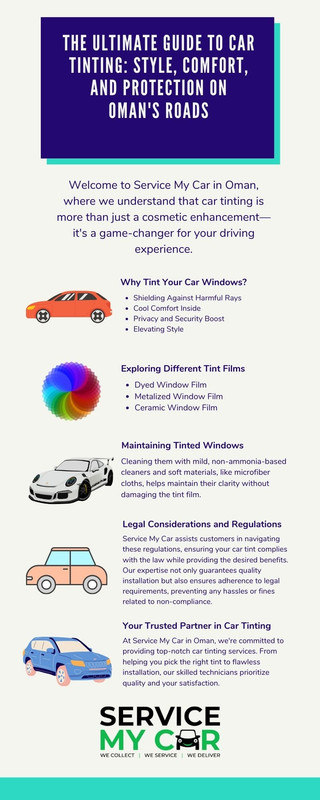Discussions
How long do small medium box braids last?
The longevity of small to medium-sized box braids depends on various factors, including hair care, lifestyle, and individual hair growth. On average, small to medium box braids can last anywhere from 4 to 8 weeks. Proper maintenance, such as regular cleansing of the scalp and moisturizing the braids, contributes to their durability. However, factors like exposure to water, friction, and styling practices can affect the lifespan. It's essential to be gentle during activities like washing and styling to prevent unnecessary wear and tear. Additionally, as the natural hair grows, the new growth may become noticeable, and individuals may choose to redo the braids for a neater appearance. Adhering to a proper care routine helps maximize the longevity of small to medium box braids.
How has the perception of baldness and its remedies, including hair systems, evolved in recent years?
In recent years, the perception of baldness and its remedies, including the quest for a "cure for baldness," has undergone a notable transformation. Traditionally, baldness was often stigmatized, associated with aging or diminished attractiveness. However, societal attitudes have shifted, embracing diverse notions of beauty and self-acceptance.
Do curly hair extensions exist?
Of course! There are real curly hair extensions available, and they're a great choice for anyone who wants to give their natural curls more length, volume, and texture. These extensions are created from responsibly sourced natural human hair that has been treated to preserve its lovely curl pattern.
What are the advantages of using pre-stretched braiding hair and how does it differ from non-pre-stretched options?
Using pre-stretched braiding hair offers several advantages. Firstly, it saves time and effort during the braiding process as the hair is already stretched to a desired length, reducing the preparation time significantly. This type of hair is also less prone to tangles and knots, making the braiding experience smoother and more efficient. Additionally, pre stretched braiding hair often results in neater and more uniform braids, enhancing the overall finished look. In contrast, non-pre-stretched options may require additional steps to achieve the desired length and can be more time-consuming during the braiding process, with the potential for uneven tension in the final style.
What is a 613 closure wig, and how does it differ from other types of wigs?
A 613 closure wig refers to a wig made with hair that has been dyed to a blonde shade known as "613." The term "closure" refers to the piece that mimics a natural scalp and covers the area where the wig is applied, typically at the front or crown of the head.
How do hair replacement training programs address the practical aspects of fitting and styling hair systems?
Hair replacement training programs prioritize practical aspects of fitting and styling hair systems to equip professionals with the necessary skills for successful application. These programs typically include hands-on training sessions where participants learn the art of measuring, cutting, and attaching hair systems.
What are some tips for creating a stylish and secure braided ponytail?
Creating a stylish and secure braided ponytail involves a few key tips. Start with clean, detangled hair to ensure a smooth foundation. Consider the type of braid you want – whether it's a classic three-strand, fishtail, or Dutch braid – and practice the technique for a neat result. For added texture, gently backcomb the hair before braiding. Secure the braid tightly with an elastic band, and to conceal it, wrap a small section of hair around the band and secure it with a bobby pin. To enhance the style, pull apart the braid slightly for a more voluminous and effortless look. Finish with hairspray to set the braided ponytail in place throughout the day.
Why Are Straight Bundles a Timeless Choice for Effortless Elegance?
Straight bundles hold an enduring allure in the world of hair extensions due to their timeless and classic aesthetic. The sleek and straight texture exudes simplicity and elegance, making it a versatile choice for various occasions. Straight bundles effortlessly complement a range of styles, whether you're aiming for a polished office look or a glamorous evening appearance. The smooth and manageable nature of straight bundles makes them an ideal canvas for different hairstyles, from intricate updos to casual, flowing styles. Their adaptability ensures that wearers can achieve a refined and sophisticated look with minimal effort, making straight bundles a perpetual favorite for those who appreciate the beauty of understated elegance in their hairstyles.
How rare is naturally straight hair?
Naturally straight hair is not exceptionally rare, as it is a common hair texture observed in various populations worldwide. The prevalence of straight hair is influenced by genetic factors. The majority of individuals of East Asian descent, for instance, tend to have straight hair, and it is also common among people of European and African descent. However, the rarity of naturally straight hair can vary by region and ethnicity. In some populations, there might be a higher prevalence of wavy or curly hair due to different genetic factors. While straight hair is not exceedingly rare, the distribution of hair textures is diverse, reflecting the complexity of genetic inheritance and the rich variability within human populations.

